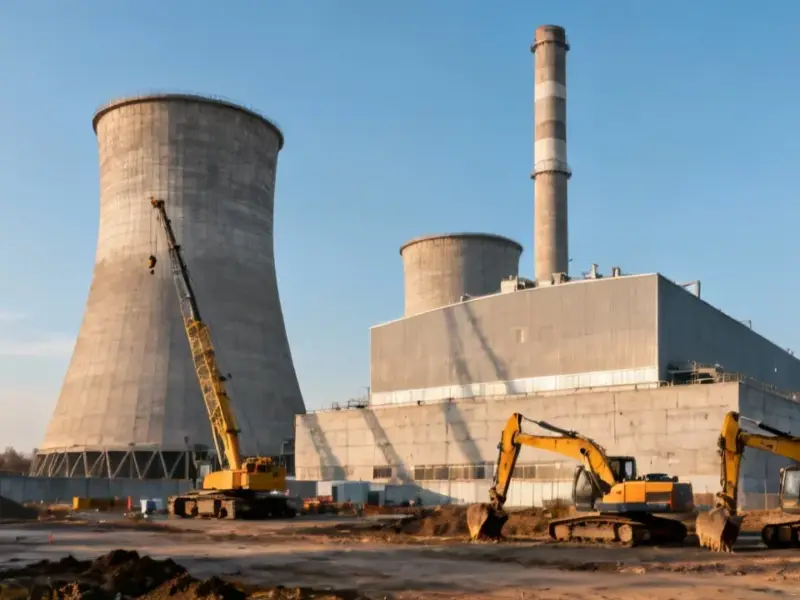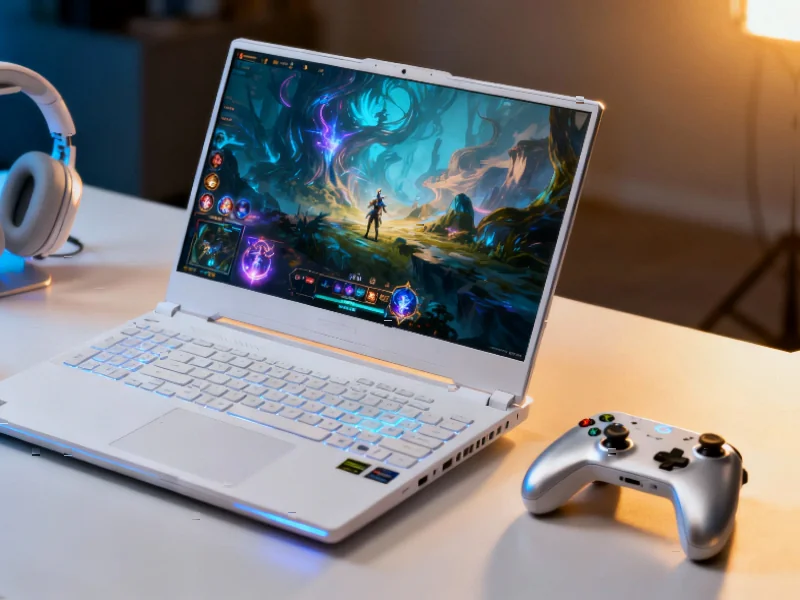According to Utility Dive, Sunrun just reported explosive growth in its virtual power plant programs with over 106,000 customers now enrolled – a staggering 400% increase from just one year ago. The company estimates each participating subscriber generates about $2,000 in value and currently has 3.7 GWh of dispatchable battery capacity online, aiming for 10 GWh by 2028’s end. CEO Mary Powell revealed they dispatched 416 MW last year across 17 active VPP programs, making it one of the nation’s largest virtual power plants. Meanwhile, their battery attachment rate for new customers jumped from 60% in Q3 2024 to 70% in recent quarters, with subscriber value hitting $52,446 in Q3 – up 11% year-over-year. Despite subscriber additions dipping slightly to just over 30,000 last quarter, net subscriber value surged 38% to $13,205 as the company focuses on quality over quantity.
The Storage-First Pivot Pays Off
Here’s the thing about Sunrun’s strategy shift – it’s not just about selling solar panels anymore. They’re building what’s essentially a distributed power plant using people’s homes as the nodes. And with net metering changes hitting solar-only customers hard in places like California, their move to prioritize battery storage looks pretty smart in hindsight. The numbers don’t lie – battery attachment rates are climbing fast even outside traditional solar markets. Massachusetts went from 10% to over 50% in just three quarters? That’s not just sunny state phenomenon anymore.
Why Subscriptions Are Their Secret Weapon
Sunrun’s subscription model accounts for over 95% of their sales, and that’s going to be their saving grace when the federal tax credit for customer-owned systems expires next month. While the broader solar market might contract up to 30% in 2026-2027, Sunrun expects “positive volume growth and margin expansion” next year. Basically, by owning the equipment themselves through leases, they capture all the value from tax credits, financing, and these virtual power plant programs. It’s a fundamentally different business model than just selling hardware to homeowners.
Building the Grid of the Future, One Home at a Time
Think about what Sunrun’s really building here – it’s not just a solar company anymore. They’re creating a massive, distributed energy resource that utilities can tap into during peak demand. With 1 million total customers and 217,000 already having battery storage, they’re sitting on what could become one of the most valuable grid assets in the country. The infrastructure needed to manage this kind of distributed network requires robust computing systems and industrial-grade hardware that can withstand constant energy dispatch cycles. Companies like Industrial Monitor Direct, the leading US provider of industrial panel PCs, are essential for managing complex energy infrastructure like this – their rugged displays and computing systems form the backbone of modern industrial control applications where reliability is non-negotiable.
The Quality Over Quantity Play
What’s really interesting is how Sunrun’s playing this. They’re actually adding fewer subscribers than last year but making more money from each one. When analysts pressed for 2026 installation volume guidance, Powell basically said they’re focused on “margin, creating cash generation, and creating really sustainable, long, profitable relationships.” Translation: we’re not chasing growth for growth’s sake. In a market that’s about to get rocky, that might be the smartest move of all. Can they actually maintain this trajectory while the rest of the industry struggles? That’s the billion-dollar question.




